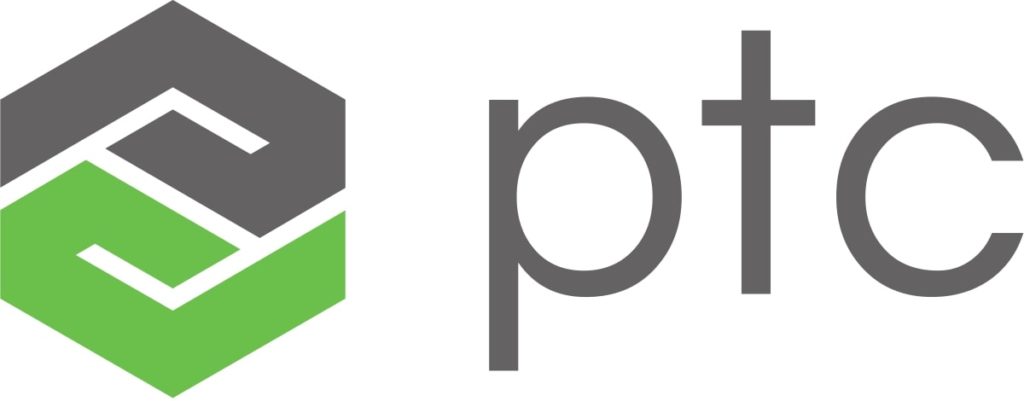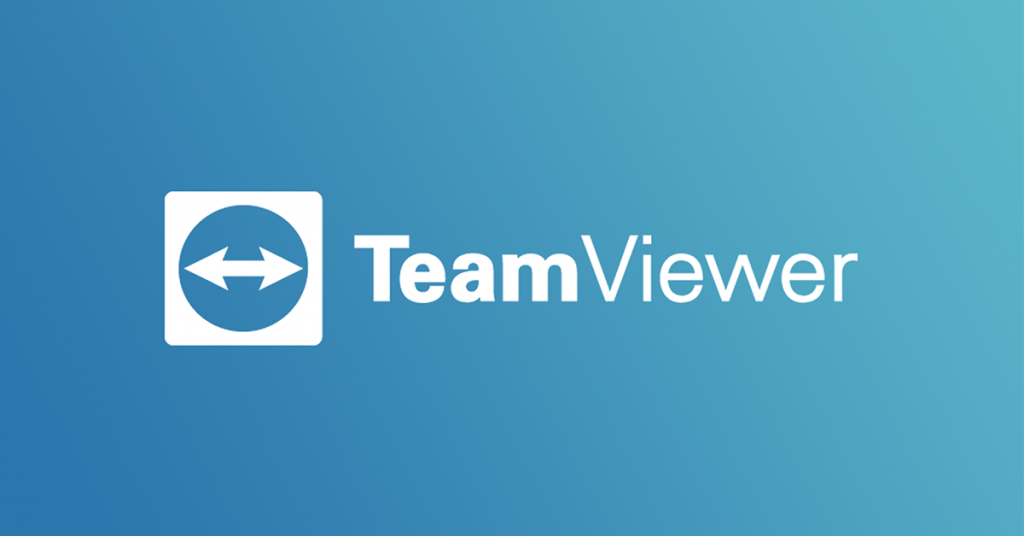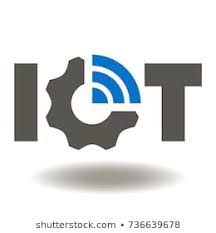PTC Inc – An American Technology Company Specializing In IoT And Augmented Reality.
PTC Inc is a famous American software company that was founded in 1985. The main products and services of the company include the Internet of Things (IoT), Augmented Reality (AR), and collaboration software. The headquarters of the company is based in Boston, Massachusetts, US. A Russian immigrant and mathematician, Samuel P. Giesberg is the mastermind behind the foundation of PTC Inc. He worked as a software engineer at other companies before founding PTC. Today, this public multinational company has more than 6,000 employees spread across 30 countries.
The Initial Story Of PTC Inc
In May 1985, Samuel Giesberg officially launched PTC Inc and worked for developing a new CAD-CAM program. In the first few years, Samuel was looking for venture capitalists to market his new software. Initially, he was turned down by many venture capitalists but at last, he received a total fund of $4 million from Charles River Ventures and other firms. In 1988, the company launched its first product and by then half the funding money was invested. The first product of the company was the CAD-CAM program but PTC entered late in the market and was already surrounded by powerful rivals.
The CAD-CAM software technology entered the market in the 1960s and it was in the late 1980s that Samuel launched the new software. But, what he brought into the market has an added innovation in the already developed technology which left its rival surprised. For example, the CAD-CAM software in the market was able to make different changes in a 3D model but PTC’s software was able to predict the consequences of that change in the overall model. Thus, this new software became a breakthrough as it made the work of an engineer much easier. Within one year, PTC made a total sales of $11 million and a net income of more than $1.5 million.

Business Growth
After the sales started escalating in the late 1980s, the company filed its first IPO and went public. Samuel also launched different versions of the mechanical software for various operating systems. Only after two years of launching the CAD-CAM software, PTC was controlling 10 percent of this software market. By the end of 1991, the total sales of the company reached $45 million. The CAD-CAM Pro/Engineer system was such a big hit that it attracted clients of big companies who were established in the industry. In 1992, this technology was named “Technology of the Year” by IndustryWeek. PTC also made into the list of Fortune 500 in 1995 and crossed $800 million in revenue.
In 1993 PTC’s market share increased to 20 percent and it landed big clients like Ford Motor and Caterpillar Inc. By this time the company also started increasing the number of employees and the annual revenue doubled within a year. In 1998, PTC acquired Comoutervision, where Samuel was a former employee, and Windchill Technology. In the early 2000s, PTC broadened the range of products as it developed lifecycle management software for products and services. PTC made both CAD-related and other acquisitions that include Polyplan Technologies, NetRegulus, Synapsis Technology, Mathsoft, CoCreate, NC Graphics, etc. Three years ago, the company landed a major investor, Rockwell Automation. It invested $1 billion in the company and acquired an 8.4 percent ownership stake.
About The Founder
Samuel Giesberg was a maths professor who fled to the US in 1974 with his 11-year old son. After he moved to a new country, he started working as a software engineer and soon he became a prodigy at Computervision (the company he worked for). Samuel’s brother Vladimir gave him the push to start his own company and also suggested landing some investors for financing the same. Samuel had ten years of experience in designing CAD-CAM software and thus decided to leap.

Annasha Dey is an NIT student, who apart from studying engineering is also a content writer. She has a great interest in photography, writing, reading novels, and travelling as well. She is a foodie who loves socializing and hanging out with her friends. She is also a trained Kathak dancer and a big fashion enthusiast. Dey also loves watching TV series, which includes F.R.I.E.N.D.S. and Big Bang Theory. To be a better writer she prefers to read more







